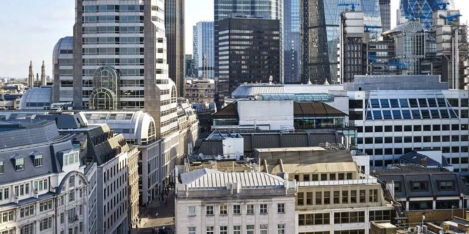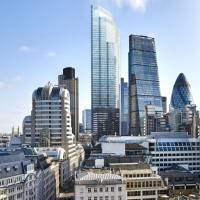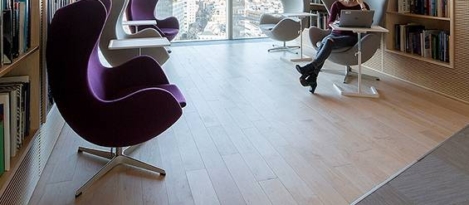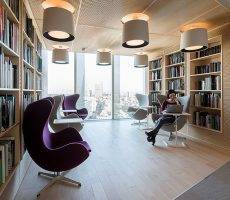September 7, 2016
Working from home just as unproductive and frustrating as working in an office 0
 It’s always good to see academic research supporting ideas that would appear pretty obvious but go against a widely accepted narrative. So we should all welcome the results of a new study from researchers at the London School of Economics and Political Science, which found that the perceived benefits of working from home disappear over time for both employees and organisations when homeworking is a full-time arrangement. The report concludes that while previous studies have demonstrated how home workers are more productive than office-based workers, the LSE study of more than 500 employees shows that on a long term basis, there are no differences between home and office workers. The reason, according to Dr Esther Canonico from LSE’s Department of Management, the lead author of the report, is that employees no longer see home working as a discretionary benefit or a privilege when it becomes the norm in an organisation.
It’s always good to see academic research supporting ideas that would appear pretty obvious but go against a widely accepted narrative. So we should all welcome the results of a new study from researchers at the London School of Economics and Political Science, which found that the perceived benefits of working from home disappear over time for both employees and organisations when homeworking is a full-time arrangement. The report concludes that while previous studies have demonstrated how home workers are more productive than office-based workers, the LSE study of more than 500 employees shows that on a long term basis, there are no differences between home and office workers. The reason, according to Dr Esther Canonico from LSE’s Department of Management, the lead author of the report, is that employees no longer see home working as a discretionary benefit or a privilege when it becomes the norm in an organisation.

















 The first full month of market activity in the UK’s commercial property sector since the Brexit vote, saw its value fall by just under three percent, according to
The first full month of market activity in the UK’s commercial property sector since the Brexit vote, saw its value fall by just under three percent, according to 
 The UK commercial property sector is now larger than at any time since before the last recession, claims a new analysis from the Investment Property Forum. It has risen nearly 50 percent since its lowest point in 2009 and is now valued at £871 billion, an increase of around 11 percent. The amount of stock actually shrank last year, according to the study, with the increase in overall value arising from price rises. The previous highest valuation the IPF puts on the market was £865 billion in 2006. All is not good news however as a second report from the same organisation which explores sentiment in the market following the Brexit vote confirms there is a great deal of uncertainty in the market. This is particularly acute in the London market which makes up over a third of the nation’s total and is increasingly dominated by foreign owners who may have a negative response to the UK’s vote to leave the EU. Intriguingly, the report found that total floorspace marginally declined over 2015 and has only increased by 0.9 percent since the market high of 2006.
The UK commercial property sector is now larger than at any time since before the last recession, claims a new analysis from the Investment Property Forum. It has risen nearly 50 percent since its lowest point in 2009 and is now valued at £871 billion, an increase of around 11 percent. The amount of stock actually shrank last year, according to the study, with the increase in overall value arising from price rises. The previous highest valuation the IPF puts on the market was £865 billion in 2006. All is not good news however as a second report from the same organisation which explores sentiment in the market following the Brexit vote confirms there is a great deal of uncertainty in the market. This is particularly acute in the London market which makes up over a third of the nation’s total and is increasingly dominated by foreign owners who may have a negative response to the UK’s vote to leave the EU. Intriguingly, the report found that total floorspace marginally declined over 2015 and has only increased by 0.9 percent since the market high of 2006.


 1 The next big thing in office design is not what you think but is certainly a sign of the times, according to a story in Inc; it is
1 The next big thing in office design is not what you think but is certainly a sign of the times, according to a story in Inc; it is 
 The changing energy demands of British cities are revealed in
The changing energy demands of British cities are revealed in 








August 17, 2016
Do people really matter when we design workplaces? 0
by Steve Maslin • Comment, Events, Facilities management, Workplace design
(more…)